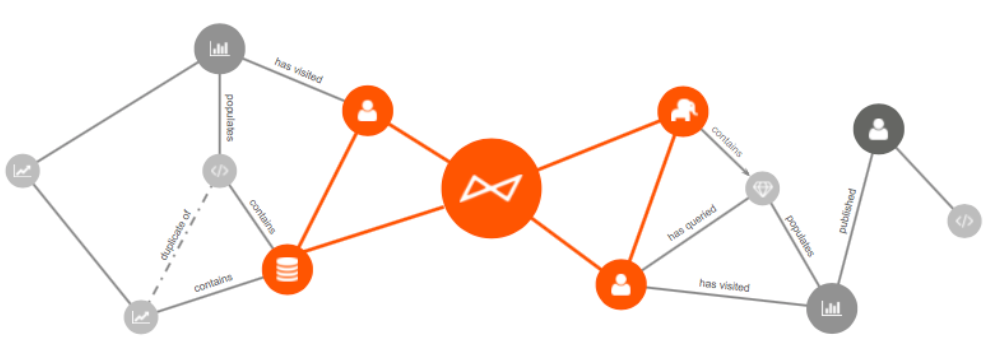NPS (Net Promoter Score) is a loyalty metric that quantifies how clients feel about a product and, with this information, companies can iterate on the product as they see fit. NPS is especially valuable feedback for products that rely on word-to-mouth marketing in order to spread adoption. NPS is commonly used in business due to the simplicity, consistency, and result measurability it offers companies trying to gather and evaluate feedback. Additionally, it facilitates comparative analysis with other products. NPS is a great feedback mechanism used to measure, evaluate and build customer loyalty. A focus on increasing the score generally leads to a company outperforming the market by improving its business performance, increasing customer satisfaction and the number of customer advocates. Consequently, NPS acts as a leading indicator of growth. Extensive research has shown that whether companies are aiming for faster growth or increased profits, NPS should be used as the foundation of a measurement framework that is tightly tied to the customer journey.
NPS is calculated by asking customers a simple question: “How likely is it that you would recommend Company X to a friend or colleague?”, on a 0 to 10 scale. Based on their answers, customers are grouped into three categories: promoters (9-10 score), neutrals (7-8 score) and detractors (0-6 score). To determine an NPS, the percentage of detractors is subtracted from the percentage of promoters. The score ranges from -100 to +100.
Atlassian, the company behind Jira and Confluence, is an excellent example of a tech company that uses NPS at the core of its product development. Atlassian uses a combination of NPS, monthly active users, retention and qualitative feedback to see every decision from a customer success perspective and to fully understand each decision’s implications. Atlassian strives to use NPS and this notion of the “Customer Success Perspective” to turbocharge improvements throughout the business. If you step into Atlassian and ask anyone how the company leverages the customer success perspective in its decision-making, you’ll undoubtedly hear the story of Jay Simons, president of Atlassian. At the start of monthly all-staff meetings, sheets of papers were handed out with 10 unique pieces of feedback. Sharing this feedback proved itself valuable: “The act of imagining an end user anywhere in the world, writing this feedback, left a visceral impact on our staff. Each person at our company, regardless of their role, receives a monthly digest of customer feedback. They see the NPS, whether it has gone up or down, and the breakdown of qualitative comments. Everyone can see what individual people are saying about us on a daily basis.”
Atlassian chose to focus on improving its NPS to see how a customer’s voice can translate into a sentiment score. It helped them focus on improving their performance over time by sharing this information within the entire organization and closing the feedback loop. In March 2015 and with over 3,900 completed surveys, Atlassian’s NPS score was of +41.98.
Sources:
McClafferty (2016) ” Atlassian’s Jay Simons Explains Why Revenue Is a Lagging Indicator for Customer Success”. Available at: https://www.inc.com/alex-mcclafferty/atlassian-s-jay-simons-explains-why-revenue-is-a-lagging-indicator-for-customer-.html
Atlassian (2016) “How to prioritize features using NPS”. Available at: https://www.atlassian.com/agile/how-to-prioritize-features-using-net-promoter-scores


